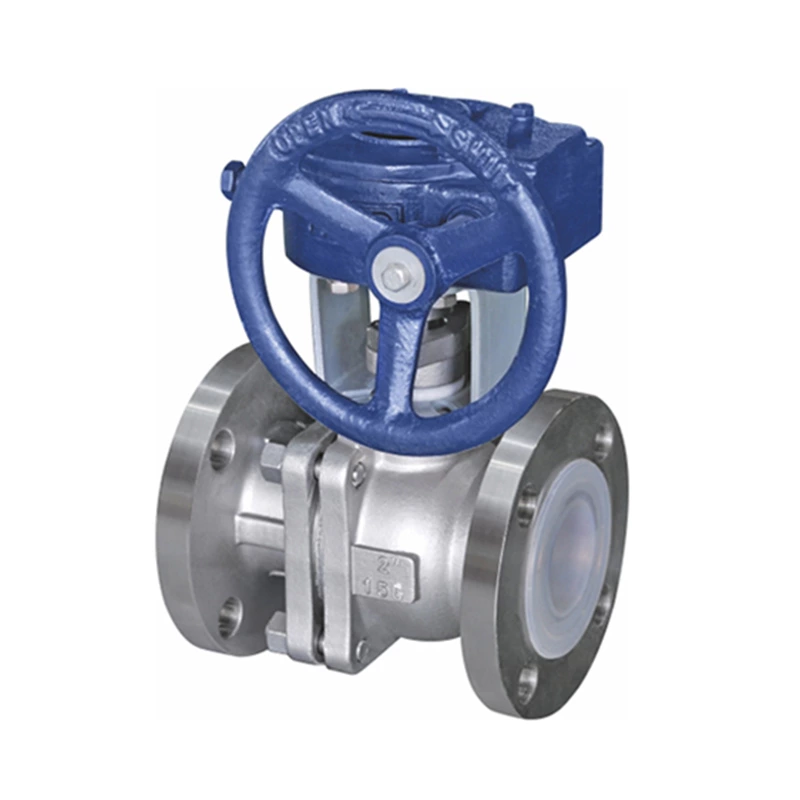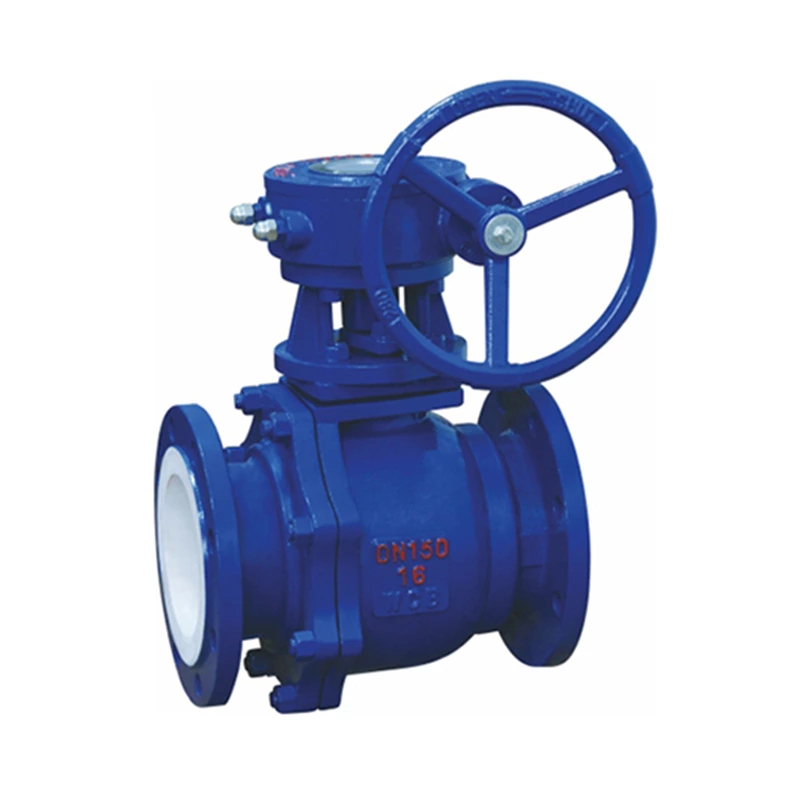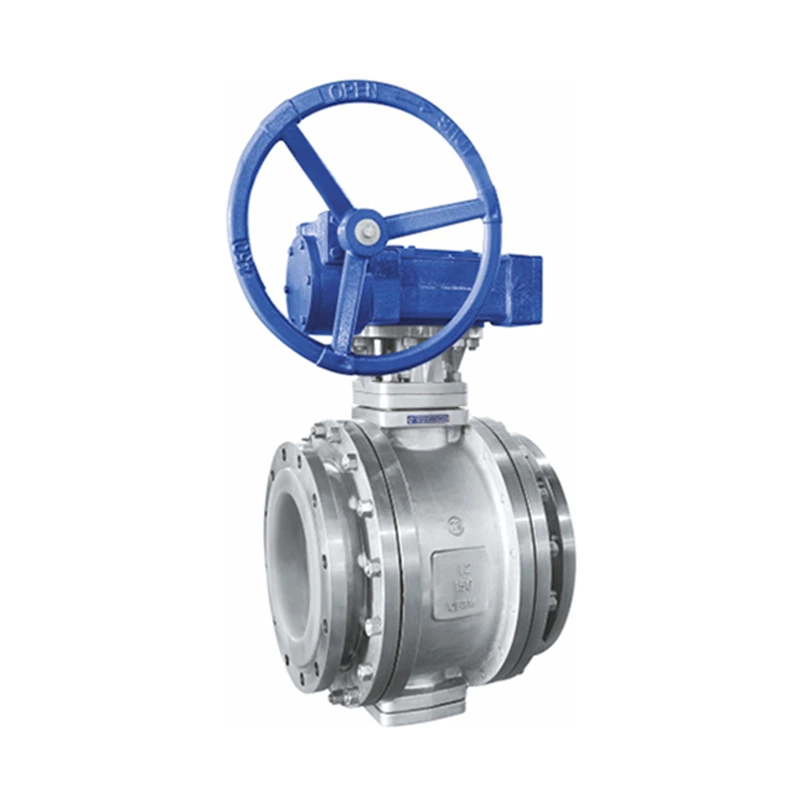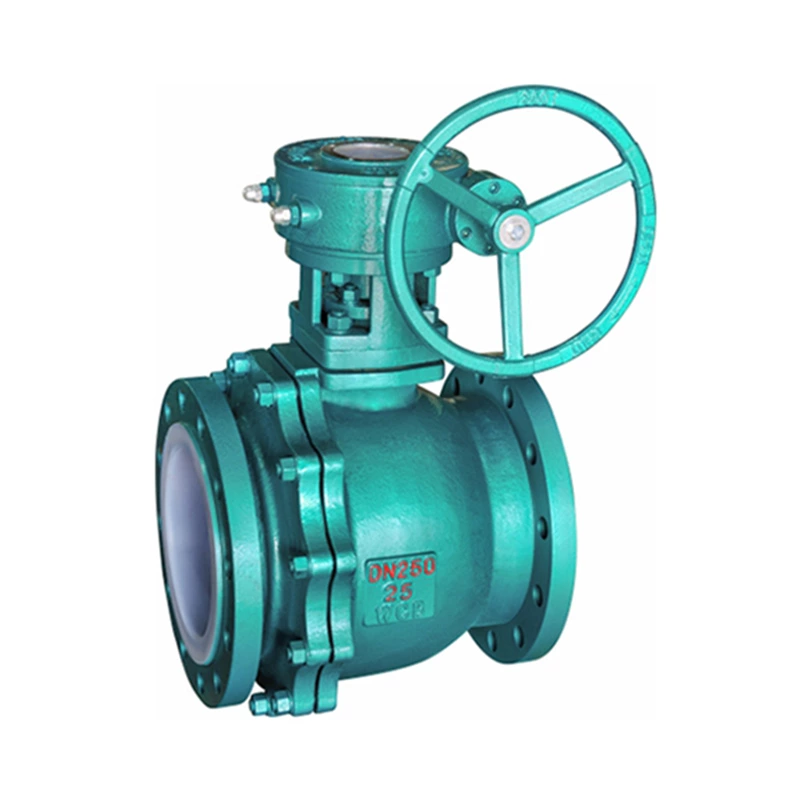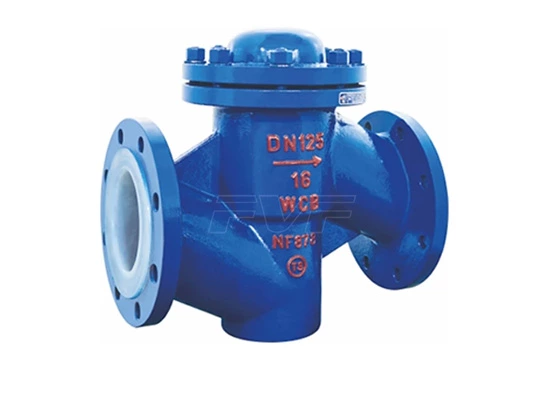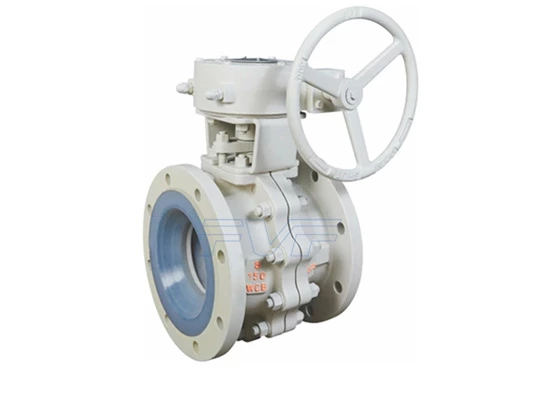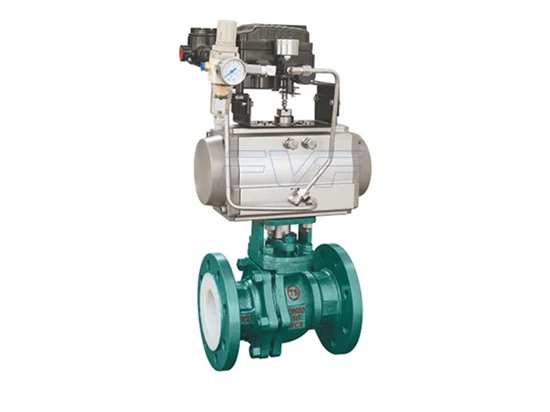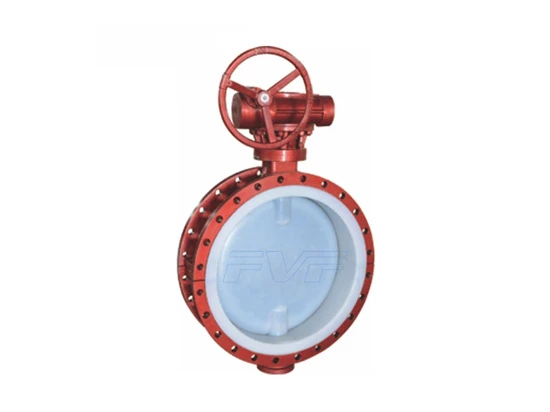Working Principle Of Flange Type Fluorine Lined Butterfly Valve
Lined Butterfly Valve is a valve that uses a disc-type opening and closing member to reciprocate about 90° to open, close or adjust the flow of the medium. The butterfly valve is not only simple in structure, small in size, light in weight, low in material consumption, small in installation size, small in driving torque, easy and quick to operate, but also has good flow regulation function and closing sealing characteristics at the same time. The butterfly valve is widely used. Its variety and quantity of use are still continuing to expand, and it is developing towards high temperature, high pressure, large diameter, high sealing, long life, excellent adjustment characteristics, and one valve with multiple functions. Its reliability and other performance indicators have reached a high level.
With the application of chemically resistant synthetic rubber on butterfly valves, the performance of butterfly valves has been improved. Because synthetic rubber has the characteristics of corrosion resistance, erosion resistance, dimensional stability, good resilience, easy forming, low cost, etc., synthetic rubber with different performance can be selected according to different use requirements to meet the use conditions of butterfly valves.
Since polytetrafluoroethylene (PTFE) has strong corrosion resistance, stable performance, not easy to age, low friction coefficient, easy to form, stable size, and can be filled and added with appropriate materials to improve its comprehensive performance, a butterfly valve sealing material with better strength and lower friction coefficient can be obtained, overcoming the limitations of synthetic rubber. Therefore, high molecular polymer materials represented by polytetrafluoroethylene and its filling and modified materials have been widely used in butterfly valves, thereby further improving the performance of butterfly valves and manufacturing butterfly valves with wider temperature and pressure ranges, reliable sealing performance and longer service life.
In order to meet the use requirements of industrial applications such as high and low temperatures, strong erosion, and long life, metal sealing butterfly valves have been greatly developed. With the application of high temperature resistant, low temperature resistant, strong corrosion resistant, strong erosion resistant and high strength alloy materials in butterfly valves, metal sealed butterfly valves have been widely used in high and low temperature, strong erosion, long life and other industrial fields, and butterfly valves with large diameter (9~750mm), high pressure (42.0MPa) and wide temperature range (-196~606℃) have appeared, thus bringing the technology of butterfly valves to a new level.
When the butterfly valve is fully opened, it has a small flow resistance. When it is opened between about 15°~70°, it can also perform sensitive flow control. Therefore, the application of butterfly valves is very common in the field of large-diameter regulation.
Because the movement of the butterfly valve disc is wiping, most butterfly valves can be used for media with suspended solid particles. Depending on the strength of the seal, it can also be used for powdery and granular media.
